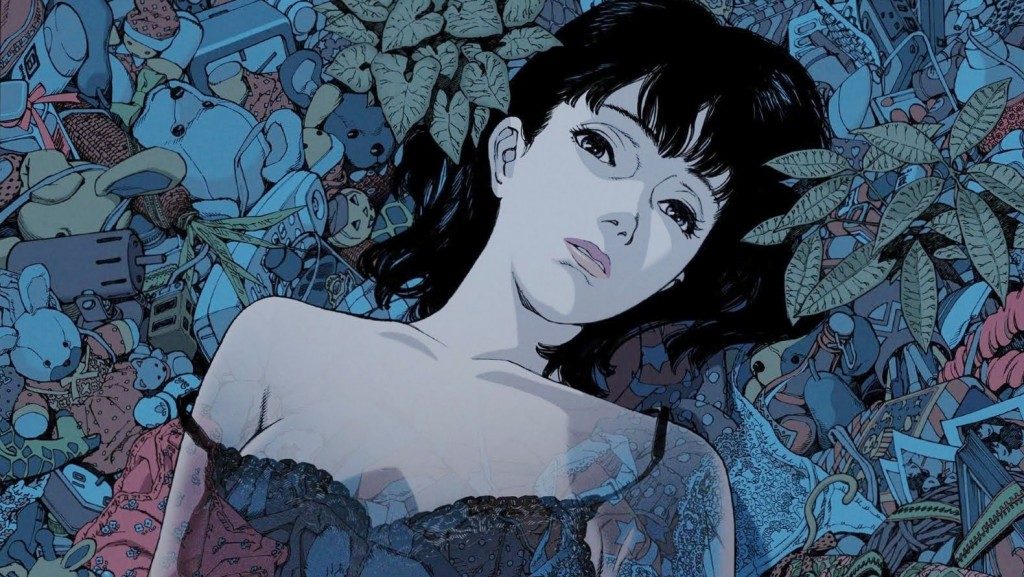
‘Perfect Blue’ review
By Adam Tatelman, Staff Writer
4/5
Stardom is scary, and that’s a fact. In this world of endless advertising that perforates every level of our lives, perhaps one of the oldest, most ethically questionable ideas invented is the mass-marketing of a person. In promoting a human being as an image of success, the media actively courts jealousy and obsession. Perfect Blue knows this and plunges unflinchingly into the darkest consequences of exploitative idolization.
Based on a novel by Yoshikazu Takeuchi, Perfect Blue tells the story of Mima Kirigoe, a pop singer who desperately wants to be taken seriously as a dramatic actress. Against the wishes of Rumi, her manager and ex-pop idol, Mima quits her musical group for a role on a TV crime drama. As she strays further from her good-girl image, pressured into doing more and more questionable things for success, her fans become outraged. One fan in particular follows her every move, obsessed with keeping her from changing. And then people start dying.
This might sound like the typical setup for a crazy stalker film, but that’s just what Studio Madhouse wants you to think. The focus remains solely on Mima herself and the budding identity crisis she undergoes. Her perception of reality becomes blurred as the TV drama she’s working on grows to reflect her confused self-image, and phantoms of her former success taunt her incessantly. Eventually, all of Mima’s identities are in conflict and she begins to experience déjà vu.
I get the sense that director Satoshi Kon is very interested in the concept of art imitating life. Much like his later film Paprika, Perfect Blue allows reality, fiction, and dreams to simultaneously create and control one another, like a bizarre triple yin-and-yang. These elements interact so gradually that only the most observant viewers will be able to separate the three on a first viewing. For example, it is almost impossible to tell whether the stalker is a real person, a figment of Mima’s imagination, or a character in the TV drama, even though he appears before any of this confusion takes place.
As a result, the film walks a delicate tightrope. Making this sort of confused psychodrama work is difficult because eventually the audience’s perception of reality grows so confused that they refuse to trust anything that’s shown to them as being real. The brilliance of the film is its conviction that Mima’s public, private, and stage identities are all equally real in a sense, because they all affect her personally. This makes the uncertainty compelling rather than off-putting.
I was immediately reminded of The Black Swan, another film about an artist undergoing an identity crisis with a surrealistic twist. That film’s director, Darren Aronofsky, admits to taking inspiration from Perfect Blue. With that in mind, one can spy many visual homages when viewing The Black Swan, such as the extensive use of mirrored imagery, or, more specifically, the scene with the living pictures.
Perfect Blue reminded me of something I’d lost track of after so many reviews. Directors like Satoshi Kon enjoy experimenting with imagistic storytelling, and the creativity that shines through their vision manages to inspire people from entirely different cultures living on separate continents.
